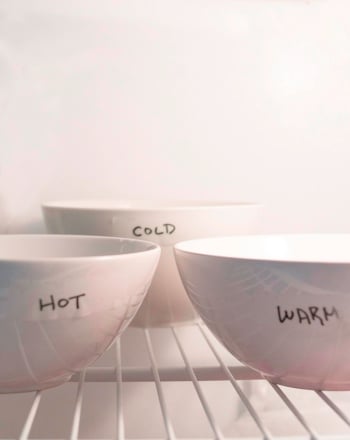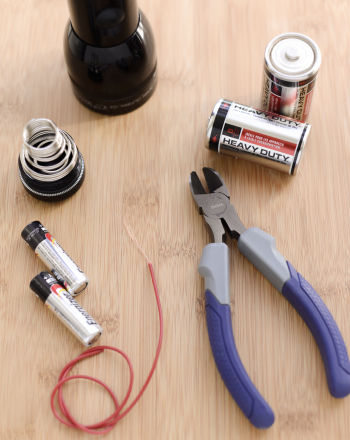Activity
A Deep Sea Diver! How Does it Work? Is Air Heavier or Lighter than Water?
Grade Level: 7th - 8th; Type: Physical Science
Objective:
Determine how a deep sea diver works. Is air heavier or lighter than water?
Research Questions:
- What is Archimedes’s principle?
- What is Pascal's law?
- How do both of the above relate to the behavior of the Cartesian Diver?
This experiment serves to acquaint students with basic information on how a Cartesian Diver works. Students discover that pressure applied to water and to air acts differently: air is readily compressible, while water resists compression. In this project the student asks another question: what happens if the bottle contains both air and water? Enter the Cartesian Diver.
This science fair experiment also serves to acquaint students with the essential processes of science such as using a control when required, identifying dependent and independent variables, selecting a large enough sample of subjects, collecting accurate and organized data, presenting data, and being able to make better judgments about the validity of their findings.
Materials:
- safety goggles
- a metric ruler
- water
- a large plastic bottle with a cap
- pipette
- insulated bell wire
- a marking pencil
Experimental Procedure:
- Gather all of the following materials: safety goggles, a metric ruler, water, and a large plastic bottle with a cap, a pipette, Insulated bell wire, and a marking pencil.
- Reproduce the chart provided on the next page so that you can readily record your observations.
- Put on your safely goggles.
- You are now going to construct your driver. Take the insulated wire and the Pipette. Start by wrapping the wire around the bulb of the pipette. Wrap the wire coils about 5mm apart so that you will have a scale by which to measure depth.
- Fill the large plastic bottle with water. Leave a small air space at the top.
- As you would do with a medicine dropper, squeeze the bulb of the pippette and place the tip in the water. Let go of the bulb and draw water into the pipette. Fill the pipette.
- Squeeze the pipette bulb so that you release a small amount of water and remove any air bubbles that got in.
- Put the pipette into the large plastic bottle and cap the bottle.
- In your chart, record the level of water in the three pipettes.
- Now squeeze the bottle with both of your hands. Did the pipette go to the bottom? If yes, continue. If not, squeeze some water out to the pipette, put it back in the bottle and squeeze again. Observe the water level in the pipette. Record your observations.
- Now try to get the diver to stop in the middle of the bottle, half way down. Record how you did this.
- Now head for the bottom. Record how you did this. What was the level of the water in the pipette?
- Review your observations. What do you conclude?
- Write up your report. You may want to photograph the diver at various places such as the starting point, the middle and the bottom of its ‘ocean”. Include your research and bibliography.
The chart for recording your data is below
| Depth | Pipette Air Chamber Mark | Changes in mm. |
| Top | ||
| Middle | ||
| Bottom |
Terms/Concepts: Air pressure, air resistance, buoyancy, Archimedes’s principle, Pascal`s law
References:
Marshall, Robert & Jacobs, Donald AGS Physical Science Circle Pines MN, 1997
Education.com provides the Science Fair Project Ideas for informational purposes only. Education.com does not make any guarantee or representation regarding the Science Fair Project Ideas and is not responsible or liable for any loss or damage, directly or indirectly, caused by your use of such information. By accessing the Science Fair Project Ideas, you waive and renounce any claims against Education.com that arise thereof. In addition, your access to Education.com's website and Science Fair Project Ideas is covered by Education.com's Privacy Policy and site Terms of Use, which include limitations on Education.com's liability.
Warning is hereby given that not all Project Ideas are appropriate for all individuals or in all circumstances. Implementation of any Science Project Idea should be undertaken only in appropriate settings and with appropriate parental or other supervision. Reading and following the safety precautions of all materials used in a project is the sole responsibility of each individual. For further information, consult your state's handbook of Science Safety.













